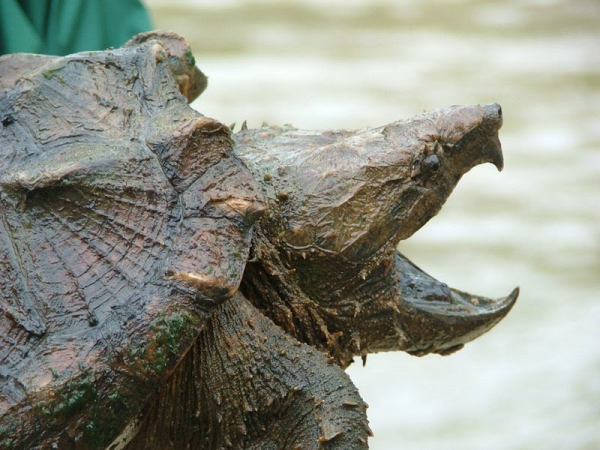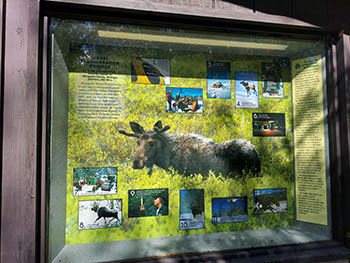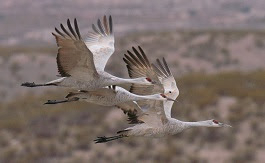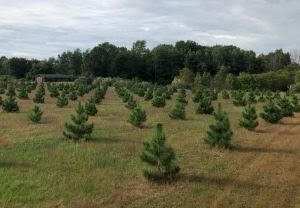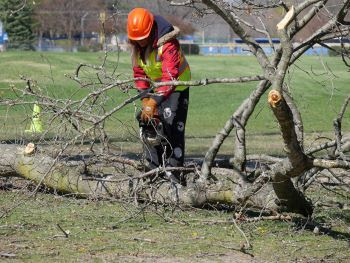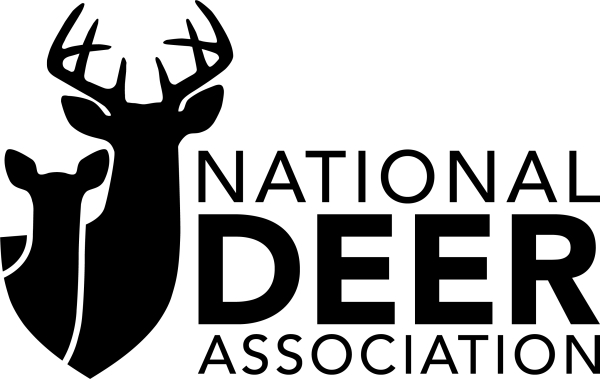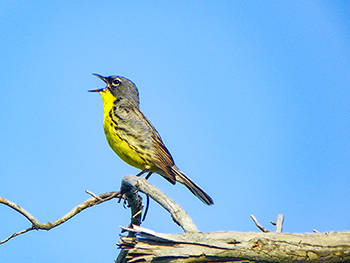National Deer Association’s Kip Adams to Host November Beer and Deer Webinar Tonight

November 10, 2021 – The National Deer Association (NDA) November Beer and Deer Webinar will feature NDA’s Chief Conservation Officer, Kip Adams. Supporters can tune in today, November 10 at 7:00 p.m. EST for this month’s episode – Rubs and Scrapes: The 411 on How Deer Communicate. To register for this, and other NDA Beer & Deer webinars, please visit the Beer & Deer webpage at DeerAssociation.com.
“Kip is not only our Chief Conservation Officer, but one of our many in house experts on most things deer,” said NDA President and CEO, Nick Pinizzotto. “We always work hard to make sure each webinar in this series delivers useful information to our listeners and Kip has a ton of knowledge that can really be useful for hunters and land managers everywhere.”
Kip Adams is a certified wildlife biologist and NDA’s Chief Conservation Officer. He has a bachelor’s degree in wildlife and fisheries science from Penn State University and a master’s in wildlife from University of New Hampshire. He’s also a certified taxidermist. Before joining NDA, Adams was the deer and bear biologist for the New Hampshire Fish & Game Department.
Join NDA the second Wednesday of every month to sit in with NDA’s staff and guests as they cover a topic related to deer hunting, habitat management, or the latest in deer research. Additionally, each episode includes a message from Nick Pinizzotto where he discusses everything from behind-the-scenes business at NDA, to important updates in grassroots conservation, advocacy and hunter recruitment efforts.
To catch up or watch previous episodes, please visit the Beer & Deer playlist on NDA’s YouTube channel. Read more

